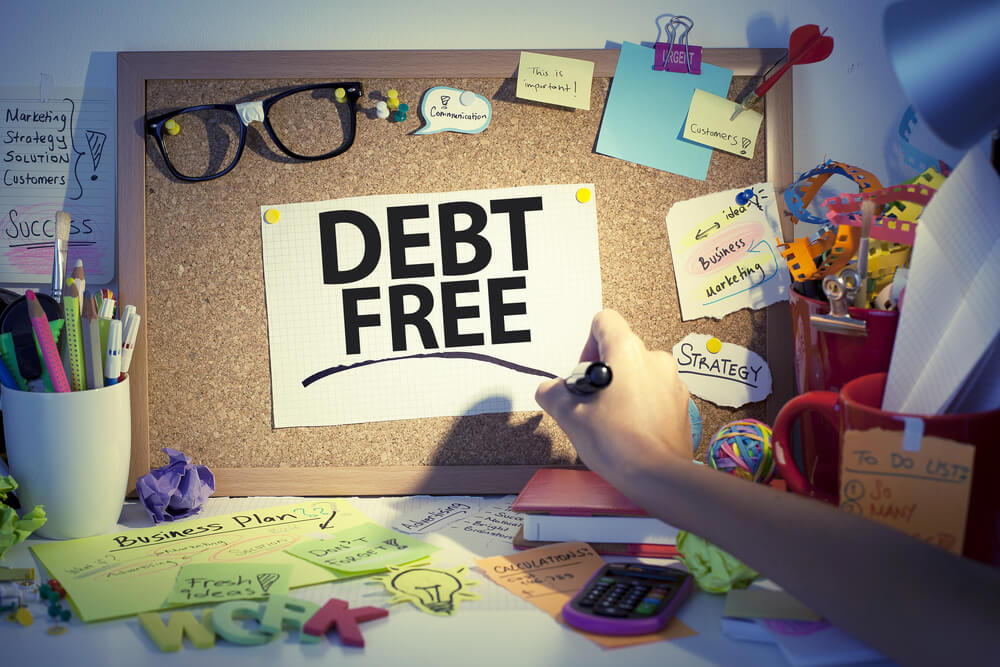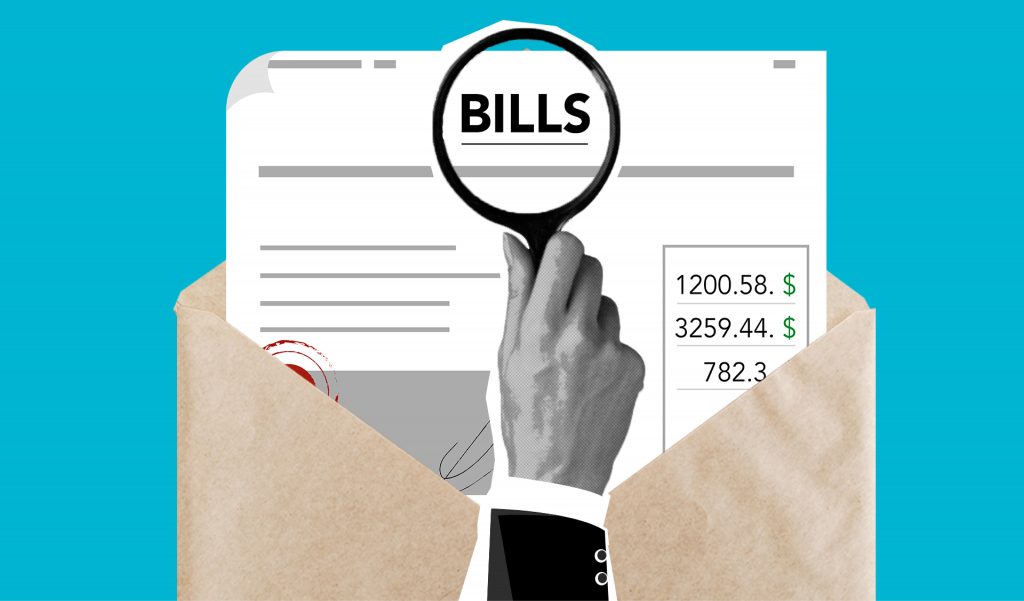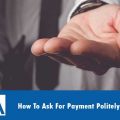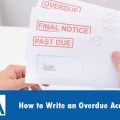
In our many years in the debt collection industry, we’ve encountered various debt situations and have gathered substantial insights on how to get out of debt.
Everyone’s financial situation is unique, and there’s no one-size-fits-all solution.
However, certain proven strategies can significantly ease the process of paying off debts.
Remember, escaping debt isn’t a quick fix; it’s a journey that involves changing habits and making consistent efforts.
So, if you’re in Australia and looking for effective ways to get out of debt, pause everything and dive into these 9 expert tips. These are the same strategies we share with our friends and family, tailored to help you tackle your debt head-on.
Expert Tips to Make Getting Out of Debt Easier in Australia
1. Acknowledge Your Debt Problem
Admitting you have a debt problem is similar to the first step in a recovery process.
Often, we’re inclined to ignore our financial troubles, hoping they’ll magically disappear. However, this denial can lead to increased anxiety and exacerbate the issue.
If you’re finding it difficult to meet your financial obligations or experiencing stress over money matters, it’s time to face the truth.
Acknowledging the problem is your first brave step towards financial freedom.

2. Understand the Extent of Your Debt
It’s not just acknowledging the problem that matters, knowing the extent of your debt is critical.
Many of us make financial missteps, especially when we’re younger. Easy to fall into traps without fully understanding their long-term impact.
To help you get a grasp, we suggest writing a list of all of your debts. This includes credit card debt, personal loan debt, car loans, home loads and possibly student debt too.
Once you have your list, it’s time to actually look at the details of each debt. It will help you with figuring out your debt repayment journey.
Note down the interest rates and the nature of these rates (variable or fixed), as this affects the debt repayment strategy. This thorough understanding lays the foundation for effectively tackling your debts.
3. Stop Unnecessary Spending
Halting non-essential spending is a crucial step in debt management. Review your spending habits and identify areas where you can cut back.
For instance, if you’re habitually using a credit card for non-essential purchases, it’s time to rethink this habit – especially if you’re not in the practice of paying off your credit card balances frequently.
Focus on spending only on necessities like food, utilities, and transport, and avoid the temptation of unnecessary expenditures.
This doesn’t mean that you can’t have any fun, it’s important to maintain a level of normalcy, however, you may need to readjust your spending habits.
4. Create a Realistic Budget
Following on from stopping spending unnecessarily, we recommend working on creating a realistic and practical budget.
Start with a strict budget for necessary expenses only to control your spending and increase your debt repayments – it doesn’t have to be super strict forever, but it’s a good way to see what you are capable of and where you can make adjustments.
Consider using budgeting apps or tools to track your expenses. Initially, keep your budget tight, and as you progress, you can reintroduce discretionary spending.
The goal is to find a balance where you can comfortably live while still paying off debt.
5. Automate Your Payments
Utilise technology to automate your bill payments.
This ensures you never miss a payment and helps in maintaining a good credit score. Most utilities and recurring bills in Australia offer direct debit options.
Automating payments also removes the temptation to spend the money elsewhere.
6. Prioritise High-Interest Debts
When it comes to tackling your debt repayments, we suggest targeting your debts with higher interest rates first, as they accumulate interest and will cost more over time.
This doesn’t mean ignoring other debts – still make the minimum payment on those ones, but rather focus more resources on the most expensive debts. Understanding the interest rates of your debts helps prioritise which ones to pay off first which will help you to get out of debt.
7. Consider Debt Consolidation
Debt consolidation can be a viable strategy for simplifying debt repayments.
It involves combining multiple debts into one debt consolidation loan, potentially at a lower interest rate.
This means that you only have the one debt to repay and focus on. Debt consolidation loans can be used for most types of debts and loans including personal loans, auto loans and credit card debts.
Assess if this method suits your situation and be aware of any potential downsides, like extended payment terms or additional fees.

8. Communicate with Debt Collectors and other debt resources
If you do have debt collectors contacting you regarding your debts, don’t be afraid of them.
Engaging with debt collectors can offer pathways to better manage your debt. They often provide solutions and advice to help you. Open communication can reduce the pressure and lead to more manageable repayment plans.
There are many resources available to people who are struggling to manage their finances – a great starting point is the national debt helpline who can help you understand all of the options available to you.
9. Explore Additional Income Sources
Generating extra income can accelerate your debt repayment.
Consider part-time jobs, freelance work, or you could sell items you no longer use or need. Be creative in finding ways to increase your income without compromising your primary job or personal well-being.
Debt Avalanche vs. Debt Snowball: Choosing the Right Strategy for You
When considering how to get out of debt, two popular methods often recommended are the Debt Avalanche and Debt Snowball methods. Understanding these can help you decide the best approach for your situation in Australia.
What is the Debt Avalanche Method?
The Debt Avalanche method focuses on paying off debts with the highest interest rates first, while maintaining minimum payments on other debts. This strategy is mathematically efficient as it saves you money on interest over time.
For example, if you have multiple debts, start with the one with the highest interest rate, regardless of the balance. Once that debt is paid off, move to the debt with the next highest interest rate. This method requires discipline and patience, as it may take time before you see significant balances disappear. However, in the long run, it’s an effective way to minimise the total interest paid and get out of debt quicker.
You may even find that if you do have debts of smaller sizes that you’re paying off at the same time, you may inadvertently pay them off at the same time without focusing on them.
What is the Debt Snowball Method?
In contrast, the Debt Snowball method involves paying off debts from the smallest balance to the largest, regardless of interest rates. The focus here is on gaining momentum and psychological wins.
You start by paying off the smallest debt first while making minimum payments on others. Once the smallest debt is cleared, you move to the next smallest, and so on.
This method can be highly motivating, as seeing debts disappear quickly provides a psychological boost and encourages you to keep going. It’s particularly effective for those who need constant motivation to stay on track with their debt repayment plan and get out of debt.
Which option is better?
Both methods have their advantages, and the choice depends on your personal financial situation and what motivates you most. Some people in Australia prefer the Avalanche method for its long-term savings, while others opt for the Snowball method for its immediate sense of accomplishment.
By understanding these strategies and analysing your debts, you can make an informed decision on how to get out of debt in a way that aligns with your financial goals and personal preferences.
How you can avoid unnecessary debt
- Live Within Your Means: Avoid impulse buying and using credit for non-essential items. Stick to a budget and spend only what you can afford. While this may be difficult to do, with perseverance and consistency, you can create better spending habits to help you avoid future debt. You’ll thank yourself in the future.
- Perform Credit Checks: For business owners, it’s wise to conduct credit checks on potential clients to avoid bad debts. Background checks offer you an idea if a potential client will be a liability.
- Collaborate with Debt Collectors: Working with a professional debt collection agency can assist in recovering debts while maintaining your business’s reputation. There’s no need to worry about chasing after delinquent debts with the help of a professional debt collection agency.
Get out of debt today
Sometimes it may feel like you have too much debt to be able to break free, however, overcoming debt in Australia involves a blend of realistic self-assessment and practical steps – essentially a debt management plan. The debt repayment journey begins with acknowledging your debt and understanding its full scope.
Strategies like the Debt Avalanche or Snowball methods provide structured approaches to tackling debt effectively. It’s crucial to curb unnecessary spending, develop a feasible budget, and automate payments to keep your finances on track.
Ultimately, the path to becoming debt-free requires consistency, discipline, and a willingness to adapt your financial habits for long-term success.
Frequently Asked Questions
How can one effectively negotiate with creditors to lower interest rates on existing debt, and what impact does this have on credit scores?
Negotiating lower interest rates involves contacting your creditors and discussing your financial situation, highlighting your intent to repay the debt. Successfully lowering rates can improve your credit score by enabling timely payments and reducing credit card debt levels.
What are some specific strategies for individuals with federal student loans or secured debts like auto loans, given their different treatment compared to unsecured debts like credit card debt?
For federal student loans and auto loans, consider exploring debt consolidation or refinancing options to secure lower interest rates. This approach can streamline monthly payments and potentially reduce the total interest paid over the life of the loan.
Can implementing a debt snowball or avalanche method negatively impact one’s credit score, and if so, how can this be mitigated?
The debt snowball or avalanche method itself doesn’t directly impact your credit score. However, ensure you continue making at least minimum payments on all debts to avoid negative marks on your credit report while focusing extra payments on high-interest debt or the smallest debt first.





















